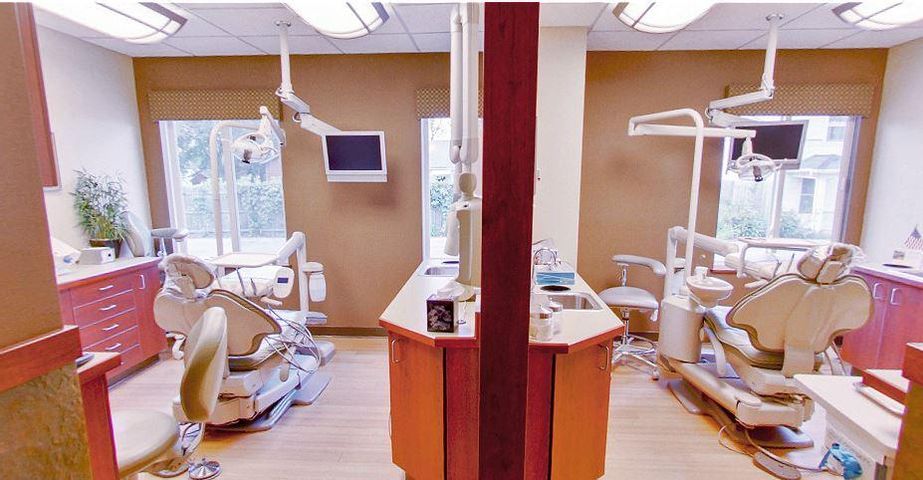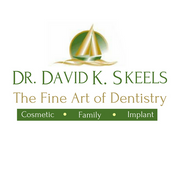
- DR. STUART RICH
- Thu Nov 14th, 2013 12:50am
-
I’m not suggesting that your dentist is from Mars. However, is he or she doing all they can to minimize the impact of their work on the environment?
This is not a typical dental health article like I’ve written in the past. This is about a bigger “ecosystem” than the one inside your mouth … the entire planet.
All businesses and homes generate waste and must use at least some chemicals and supplies. Some generate more waste than others, and some of that should not be thrown out with the regular trash. Chemicals and bio-hazardous waste are two examples of things that require special disposal.
Dentistry is incredibly safe when all the required universal precautions are taken, like sterilizing instruments before using them again, wiping down all surfaces with an approved disinfectant and using disposable supplies and covers for all hard-to-clean surfaces. All of these steps are necessary to make sure your treatment is safe and efficient. However, did you ever stop to think about where all of those plastic covers and disposable supplies ultimately end up? Just where you likely guessed … in the landfill.
-
Multiply that by all the offices in your town, let alone the country, and you can see why dentists need to try to minimize the environmental impact of the care they provide. Dental offices have far less impact than many other industries, and yet we must all do our part, at home and at work, to ensure a safe, clean and beautiful planet for future generations.
Here are a few of the things our dental team has been doing to reduce the chemical and paper waste that we put into the trash stream each day, and to reduce our overall impact on the planet. Some we have been doing for many years, and some we started recently as part of our ongoing process to become a certified five-star EnviroStar business.
1. Implemented instrument containers that can be sterilized and reused, to minimize the number of disposable paper sterilizing pouches we throw away.
2. Switched to a newer cold sterilization solution that is equal or superior to the old one and easier on the environment when it must be disposed of.
3. Replaced old Chemiclave sterilizers with computerized autoclaves that use only distilled water, pressure and steam. The old Chemiclave solution contained toxic Formaldehyde. The only thing that comes out of our current sterilizers, besides sterile instruments, is sterile water vapor.
4. Installed an amalgam separator on the suction system to trap the mercury and other metals that make up the old silver fillings we take out each day. This filter is serviced on a regular schedule, and the metal scrap is recycled safely off site by a hazardous waste company. This keeps the toxic metals from ultimately entering the ocean and preserves resources. As they said in the movie Finding Nemo, “All drains lead to the ocean.”
5. Discontinued putting in any new amalgam fillings in our patients teeth, because of the mercury content. Mercury is a known neurotoxin. While it has not been proven to cause any harm when used as part of an amalgam filling, there are other options available that contain no mercury, bond to your tooth like an epoxy glue and are tooth colored.
6. Contracted with a licensed and certified medical waste transporter to remove all bio-hazardous waste, including used needles, scalpels and other “sharps.” They are ultimately incinerated, rendering them to a harmless ash.
7. Installed outside light timers and set-back thermostats, so things are only on when we need them.
-
8. Replaced our X-ray system, with its required toxic film developing solutions and lead foil wrapped X-ray packets, with a completely digital process. No more chemicals or lead in the waste stream, and 70 percent less radiation for our patients.
9. Replaced, where possible, all incandescent light bulbs with fluorescent or LED bulbs to reduce electricity use.
10. Started a recycling program to separate out recyclable paper, cardboard and plastics. All papers containing patient information are shredded first to ensure privacy.
11. Reviewed all dental materials to ensure that none of our tooth colored filling materials contain Bis-phenol A (BPA), due to cancer concerns when the chemical leaches out of the plastic used in some beverage and food storage containers.
12. Encouraged staff members to carpool when possible to save gas and reduce traffic congestion.
The EnviroStar program was started in the mid-1990s in King County. If you have a business and would like to find out what you can do to become more environmentally conscious, go to www.envirostars.org to learn more. You may find some easy to implement ideas that will get you well on your way to becoming an EnviroStar business yourself. Some customers are quite interested in supporting environmentally conscious businesses and will seek them out to do business with. Like all good habits, it may seem a little harder or inconvenient at first to implement change. However, just like flossing, the results are worth it!
Feel free to share this article by cutting it out and asking your own dentist if there is anything on this list that they might not have thought to do yet. Little things, done by many people, can have a great impact. And one more thing. Once you are done reading the paper, make sure it ends up in the recycling bin, not the trash. Thanks.
David K Skeels DDS is your local “green” dentist in Rochester, NY.
You can reach him at (585) 467-7000 or http://www.skeelsdentistry.com/.
About the Business
Have a question? Ask the experts!
Send your question

